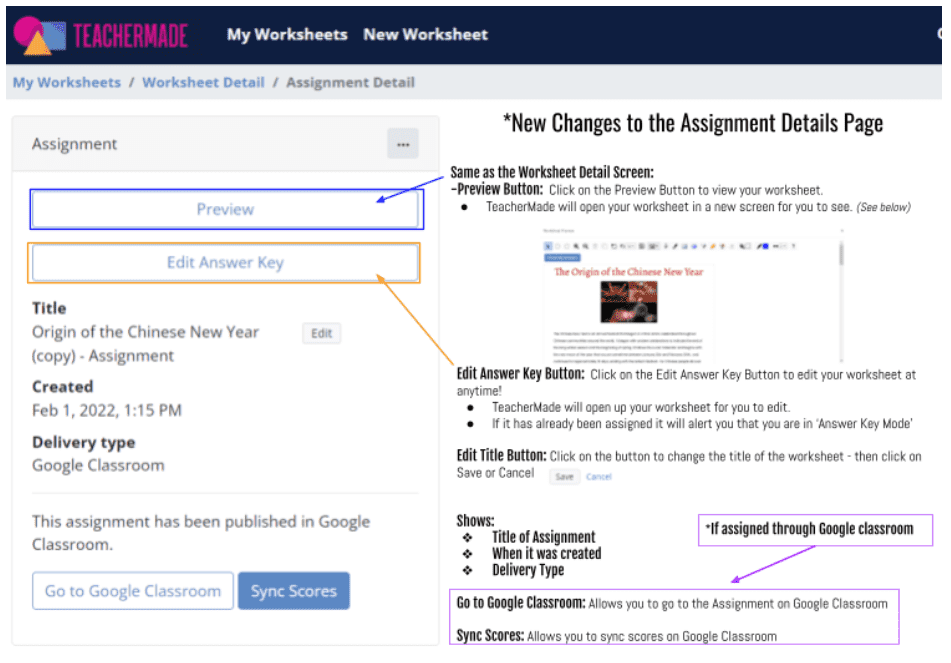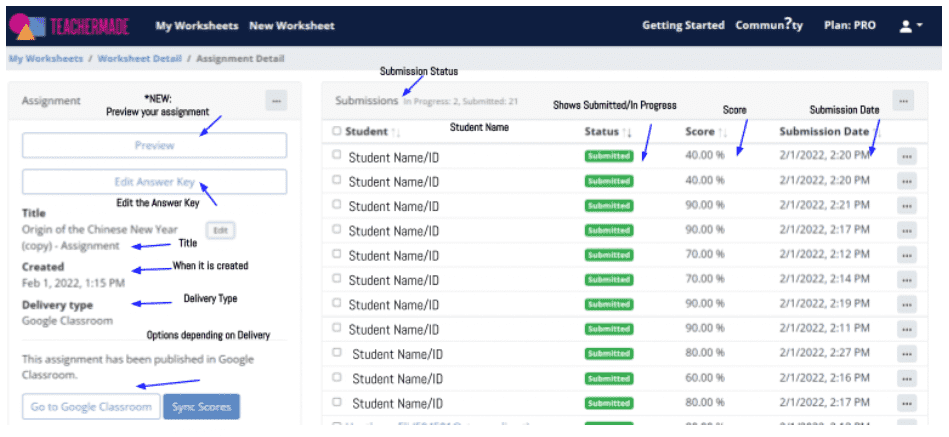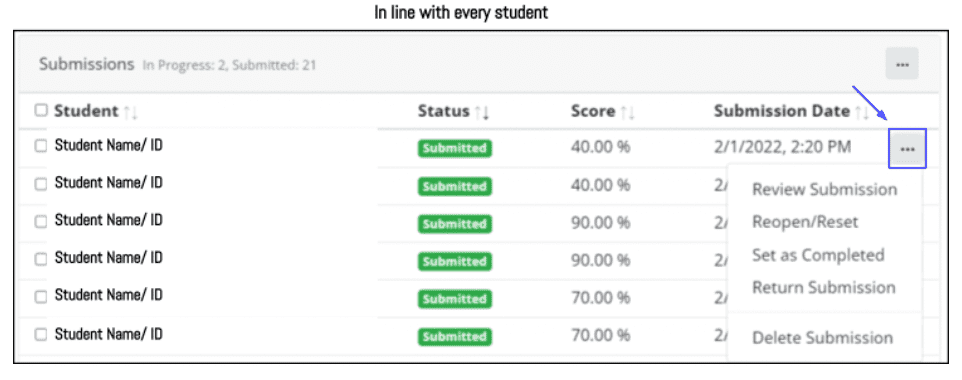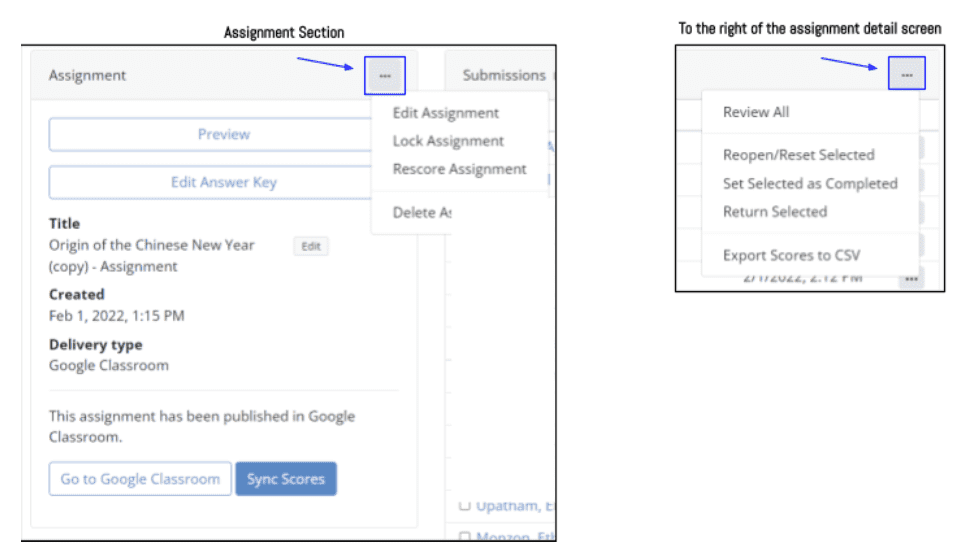It has always been a challenge for teachers to know when their students are cheating. Unfortunately, modern technologies make cheating even easier for students to do and, in some cases, harder for teachers to detect.
Are you wondering what teachers can do to stop students from cheating online? Continue reading for a brief overview of current methods and the best ways to counter them.

There is no singular reason that explains why all students cheat, and there is no accurate profile of the type of student who will cheat. Almost all students have cheated in some way at some point in time.
Some students may cheat because they are lazy and don’t want to do the work, while others don’t see any value in doing the work themselves. Some situations cause extreme pressure to push an otherwise honest student to cheat. For example, this may happen when someone desperately needs to pass a grade level or specific course.
An excellent student may feel pressure to cheat “just this one time” to protect all of the hard work they did all of the other times. Many times, students will even feel justified in their actions.
Online remote learning classrooms and technology-rich environments present new opportunities for learning, but they also create unique challenges, such as increased opportunities for cheating. As students become more familiar with these learning environments, they may also become more adept at manipulating the system.
The reality is that the effectiveness of online and technology-enhanced learning depends on the efforts of both teachers and students. Just as in face-to-face classrooms, the effort a student puts into learning the material directly correlates with what they will get out of the class.
For teachers, establishing the right classroom environment is crucial. If you have relaxed rules and treat online or technology-enhanced learning as unimportant, your students will likely follow suit. Therefore, it is essential to establish a classroom with the same ethical standards as your in-person classes. Whether teaching remotely or in a technology-rich in-person classroom, it is vital to set clear expectations, utilize technology to monitor and prevent cheating, and foster a culture of integrity. By implementing these strategies, you can create a productive and honest learning environment, regardless of the setting.
It is essential to be clear and upfront about your policies. Your students should understand the definition of cheating. Make sure that you enforce this policy consistently and fairly. This helps your students predict the outcome of their behavior and understand that there will be consequences if they cheat, no matter the situation.
It is also important to make sure that your students understand the difference between cheating and collaboration. They should also know how to cite the work of others properly.
Create a class culture of growth rather than achievement by having an open and honest dialog with your students about ethics and integrity in the classroom and why it matters. Make sure your students understand why learning the material matters.
Sometimes, the pressure of a significant grade brings a student to cheat. One of the best solutions for this problem, primarily if you work in a highly competitive academic environment, is to lower the stakes of the test by either reducing the weight of its value or breaking it into a few smaller tests or quizzes.
Students know when they are being asked to memorize and repeat back information. This will cause many students to disengage. To keep this from happening, make sure that your students see the bigger picture and dig for deeper answers, not just memorized responses.
Identity theft is a big concern these days. However, you may not have considered that students might intentionally have someone else use their identity to take a test for them. It’s important to remember that cheating can take many forms, especially as students learn to manipulate the online learning system.
For virtual learning environments, a useful strategy to prevent this type of cheating is to require students to turn on their computer cameras while testing. This ensures that the person taking the test is indeed the enrolled student. Although this method may not applicable for technology-rich in-person classrooms, it is an effective measure for maintaining integrity in remote learning scenarios. By implementing this practice, teachers can help minimize the risk of identity-related cheating and maintain a fair testing environment.
Creating interactive worksheets as part of your lesson plan is different from engaging your students. It requires them to think deeper and engage with you. Digital worksheets are a great way to stop cheating because the more engagement you have with students, the harder it is for them to get away with cheating.
With TeacherMade, you can turn any PDF or worksheet into a digital assignment. You simply upload your document into TeacherMade. From there, you can add a variety of question types. You can also set up auto-scoring. Auto-scoring can help with maintaining the integrity of your classroom by allowing you to view student results instantly. You can quickly notice any patterns in scoring that require teacher intervention.
Take a look at the teacher review screen below.
You can click on the Preview or Edit Answer Key buttons to quickly preview and make edits to your assignment!

Here’s a quick review of all that the Assignment Details Screen has to offer!

TeacherMade always gives you more options! Click on either of the “…”s to do even more with your assignment!


© 2024 All Rights Reserved.